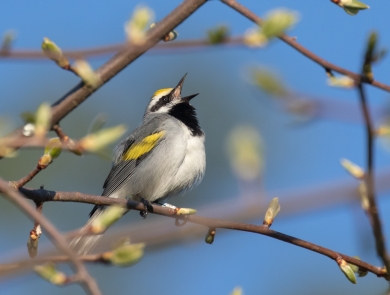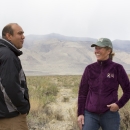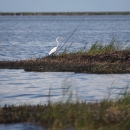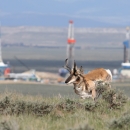About Us
Our mission is to work with others to conserve, protect and enhance fish and wildlife and plants and their habitats for the continuing benefit of the American people.
What We Do
In order to contribute to this mission, we provide technical assistance to the general public concerning federally listed and at-risk species found throughout the commonwealth. Technical assistance may include:
guidance to improve habitat for listed/at-risk species
guidance to minimize impacts to species when conducting various projects
The Field Office also consults with federal partners on projects that are authorized, funded or carried out by a federal agency to ensure compliance with the Endangered Species Act.
We are happy to work with all our partners to:
recover threatened and endangered species,
- investigate the effects and clean-up of contaminants and help restore polluted habitats,
- ensure that fish and wildlife and plant resources are considered by agencies during project planning and construction,
- partner with private landowners to restore fish and wildlife habitats
Our Organization
As an Ecological Services Office, we have several subprograms through which we accomplish our mission. The Endangered Species Program, Partners for Fish and Wildlife Program, Natural Resource Damage Assessment and Restoration Program, and the Hydropower Program all work on various projects in Pennsylvania. All programs work to conserve imperiled species and habitats in Pennsylvania.
Our Species
The Field Office works with partners on a variety of projects to protect and restore populations of a diverse array of species. Such species include those currently listed under the Endangered Species Act as threatened or endangered, Candidate Species, At-Risk Species, and other trust resources such as migratory birds.
Our Library
The library holds surveyor lists, protocols, scientific reports and studies.














